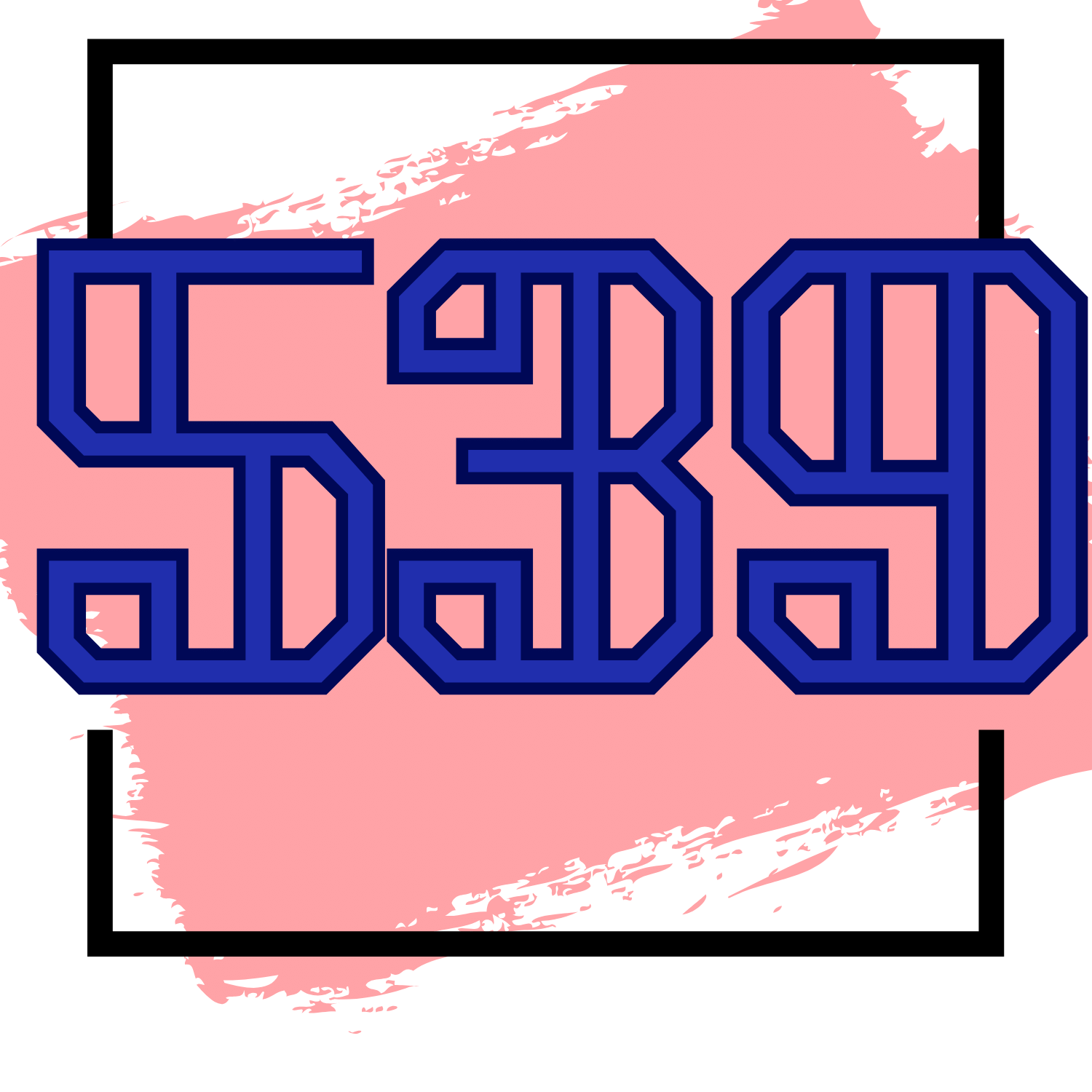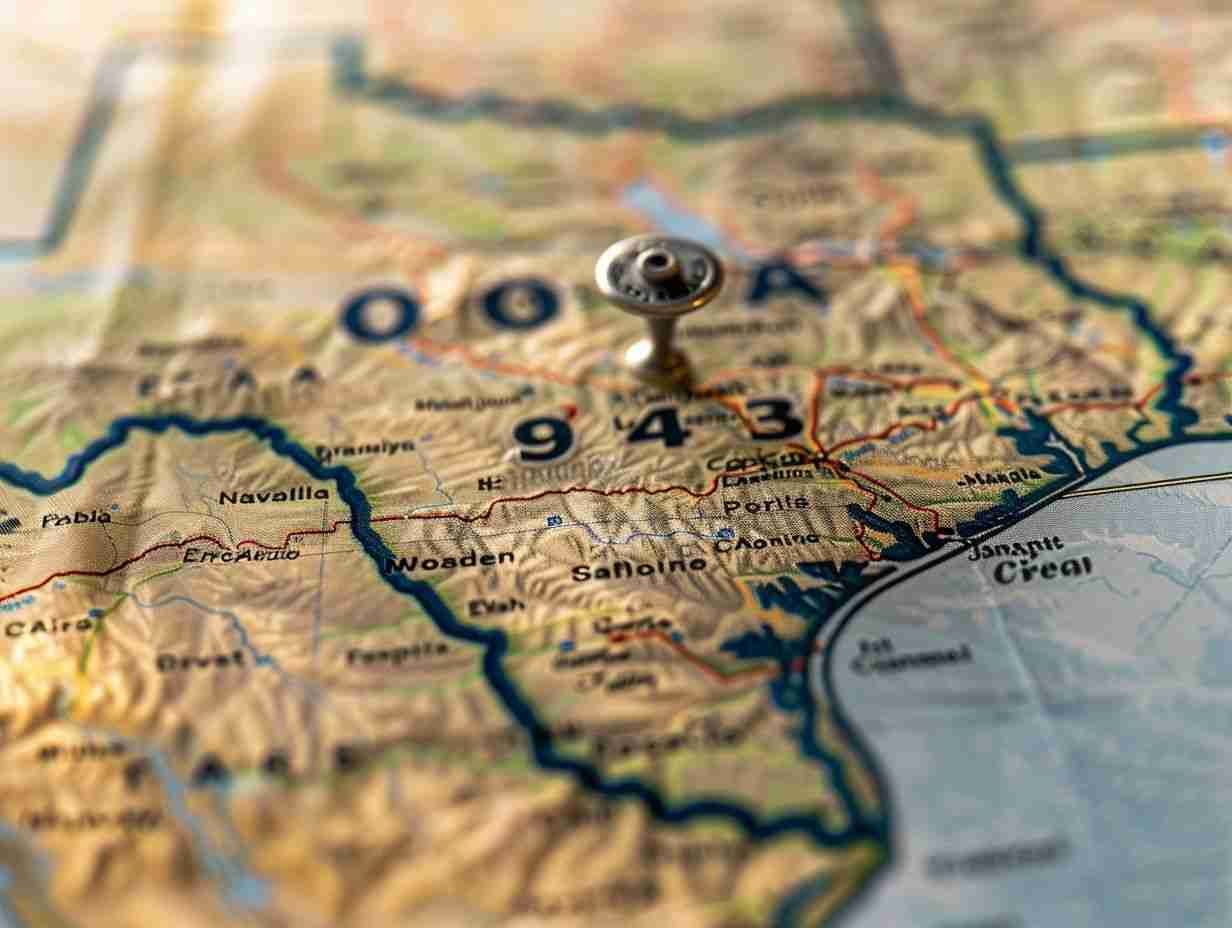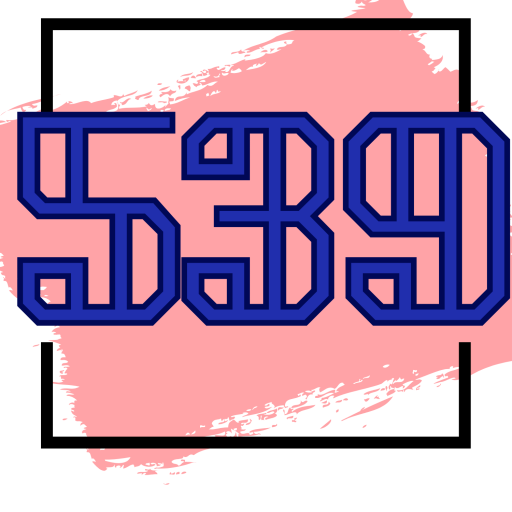Have you ever wondered how area codes work and their significance in the world of telecommunications?
In this article, we will explore the history, geographic coverage, reasons for creation, and impact of the 332 area code.
From its origins to the predictions for its future, we will delve into how this area code has evolved over time and the changes it has brought to phone users and businesses.
Get ready to learn all about the 332 area code and what it means for you.
Overview of Area Codes
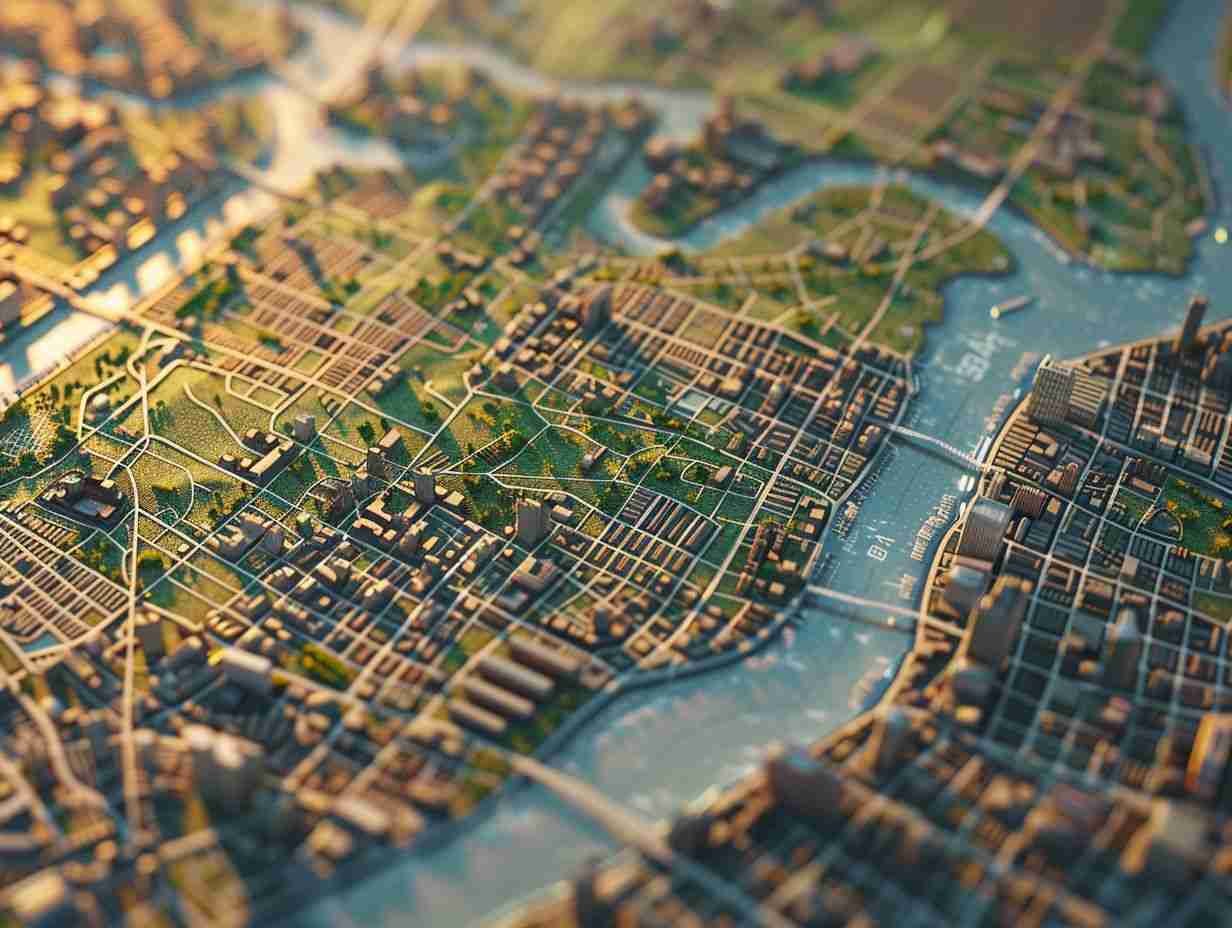
Area codes serve as a fundamental component of the telephone numbering system within the United States, offering a critical function in the identification of geographic regions and enabling effective call routing. However, they are susceptible to exploitation for nefarious activities like telephone scams, leading regulatory entities such as the Federal Communications Commission (FCC) to enforce rigorous protocols to safeguard consumers.
Explanation of How Area Codes Work
Area codes serve as prefixes in telephone numbers, delineating specific geographic regions for domestic and international calling purposes. They hold significant importance in the telecommunications sector as they facilitate the accurate routing of calls to their intended destinations.
Within the United States, for instance, each area code corresponds to a distinct geographical region, aiding callers in identifying the location of a particular phone number. On an international scale, area codes also indicate the country of origin for incoming calls and assist in determining the correct routing for international dialing.
This numerical system plays a fundamental role in fostering efficient communication by ensuring that calls are appropriately directed based on their respective area codes.
History of the 332 Area Code
The 332 area code was established to meet the growing need for additional telephone numbers in New York City, specifically in Manhattan. Major telecommunications carriers, such as Verizon, have played a significant role in the planning, implementation, and management of this area code transition.
Origins and Changes over Time
The 332 area code was established to address the escalating population growth and technological advancements in New York City, necessitating the augmentation of existing area codes.
The surge in demand for communication services and phone lines in the city spurred notable transformations in the telecommunications sector. Technological progressions, including the advent of cellular phones and internet services, prompted the assignment of new area codes to cater to the expanding populace.
Consequently, area codes like 332 were sequentially introduced to ensure effective communication services for both residents and businesses across New York City. The dynamic evolution of telecommunication infrastructure played a pivotal role in determining the allocation and implementation of area codes to meet the escalating demands of the urban landscape.
Geographic Coverage of the 332 Area Code
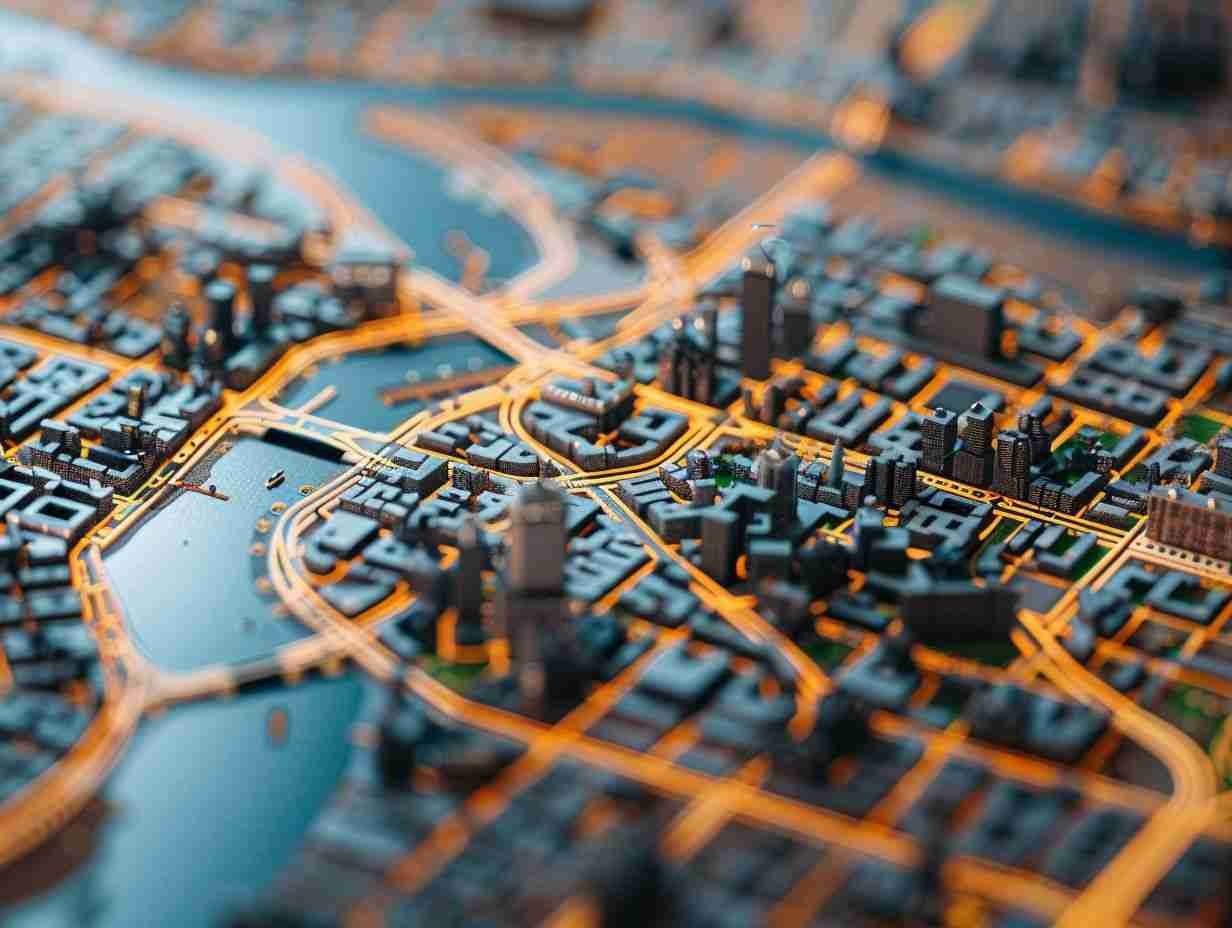
The 332 area code is designated for specific regions within New York City, notably Manhattan, and functions according to the Eastern Standard Time zone. Moreover, it observes daylight savings adjustments, which have implications for both local and international communication networks.
Cities and Regions Covered
The 332 area code predominantly encompasses the Manhattan region of New York City, including various neighborhoods and districts within the borough. Notable locations within the 332 area code include Times Square in Midtown Manhattan, known for its vivid neon lights, Broadway theaters, and lively ambiance. The Upper East Side is another significant area, housing esteemed institutions such as the Metropolitan Museum of Art and upscale retail outlets along Madison Avenue. Furthermore, the Financial District in Lower Manhattan is renowned for its historic Wall Street and the One World Trade Center, representing resilience and remembrance.
Reasons for the Creation of the 332 Area Code
The establishment of the 332 area code was prompted by a notable surge in the requirement for telephone numbers, encompassing both domestic usage and international communication. This necessitated the implementation of supplementary numbering resources to accommodate the expanding population and technological progressions.
Increase in Demand for Phone Numbers
The surge in the demand for telephone numbers can be attributed to the widespread use of mobile devices and internet services, necessitating the introduction of the 332 area code to address this growing need.
As technology continues to progress and online communication platforms experience rapid expansion, individuals have found themselves requiring multiple phone numbers for various purposes, including work-related communications, personal use, and online services. Major telecommunication companies like Verizon have played a pivotal role in managing this increasing demand by effectively allocating and distributing phone numbers to meet the diverse needs of their clientele.
This transition towards a more interconnected digital environment has underscored the necessity for additional phone numbers to support the expanding network of devices and services. It underscores the importance of adapting telecommunications infrastructure to accommodate these evolving demands.
Impact on Phone Users and Businesses
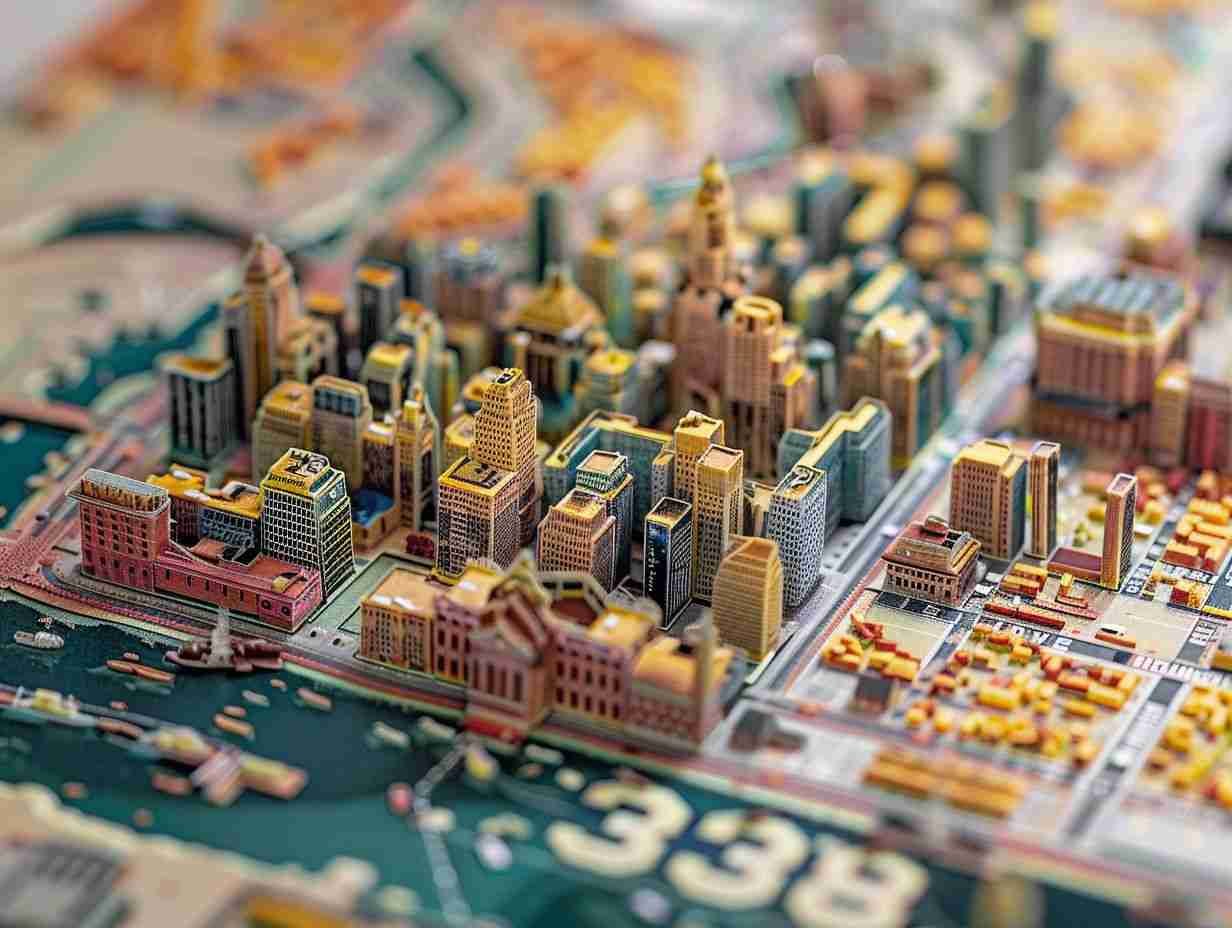
The implementation of the 332 area code has had a significant impact on both phone users and businesses. This change necessitated modifications to existing dialing procedures and has triggered regulatory scrutiny by the Federal Communications Commission (FCC) to guarantee a seamless transition and sustained efficiency in communication.
Changes and Adjustments for Phone Users
Phone users had to make adjustments to accommodate the introduction of the 332 area code by revising their contact lists and acquainting themselves with new telephone numbers.
Several users encountered difficulties initially during the transition to the 332 area code, particularly those who had memorized multiple phone numbers. Many individuals reported instances of dialing errors due to muscle memory associated with the previous area code. To address this challenge, individuals turned to smartphone functionalities such as contact synchronization across various devices to facilitate the automatic updating of phone numbers.
Over time, as the new area code became more integrated into everyday communication, the transition process became more seamless. The implementation of the 332 area code underscored the constantly evolving nature of technology and emphasized the importance of maintaining adaptability in response to such advancements.
Future of the 332 Area Code
The evolution of the 332 area code is poised to be shaped by continual technological advancements and demographic shifts. Forecasts indicate potential modifications and adjustments to meet the anticipated communication requirements in the future, while operating within the regulatory framework established by the Federal Communications Commission (FCC).
Predictions and Potential Changes
Forecasts concerning the 332 area code indicate that with the advancement of technology and continual population growth, there may arise a necessity for further adjustments and the potential introduction of new area codes to ensure an adequate availability of phone numbers.
Given this anticipated requirement for modifications, the Federal Communications Commission (FCC) is poised to assume a pivotal role in effectively managing these transitions. The FCC is likely to undertake comprehensive evaluations of the current utilization of phone numbers within the 332 area code, in conjunction with forecasting future demand trends.
Following this in-depth analysis, the FCC could engage in collaborative efforts with telecommunications service providers to implement strategic measures, such as number pooling or overlay area codes, to address the escalating demand for phone numbers in the region. By proactively tackling these challenges, the FCC endeavors to sustain seamless communication services without disruptions for both consumers and businesses within the 332 area code.
Frequently Asked Questions
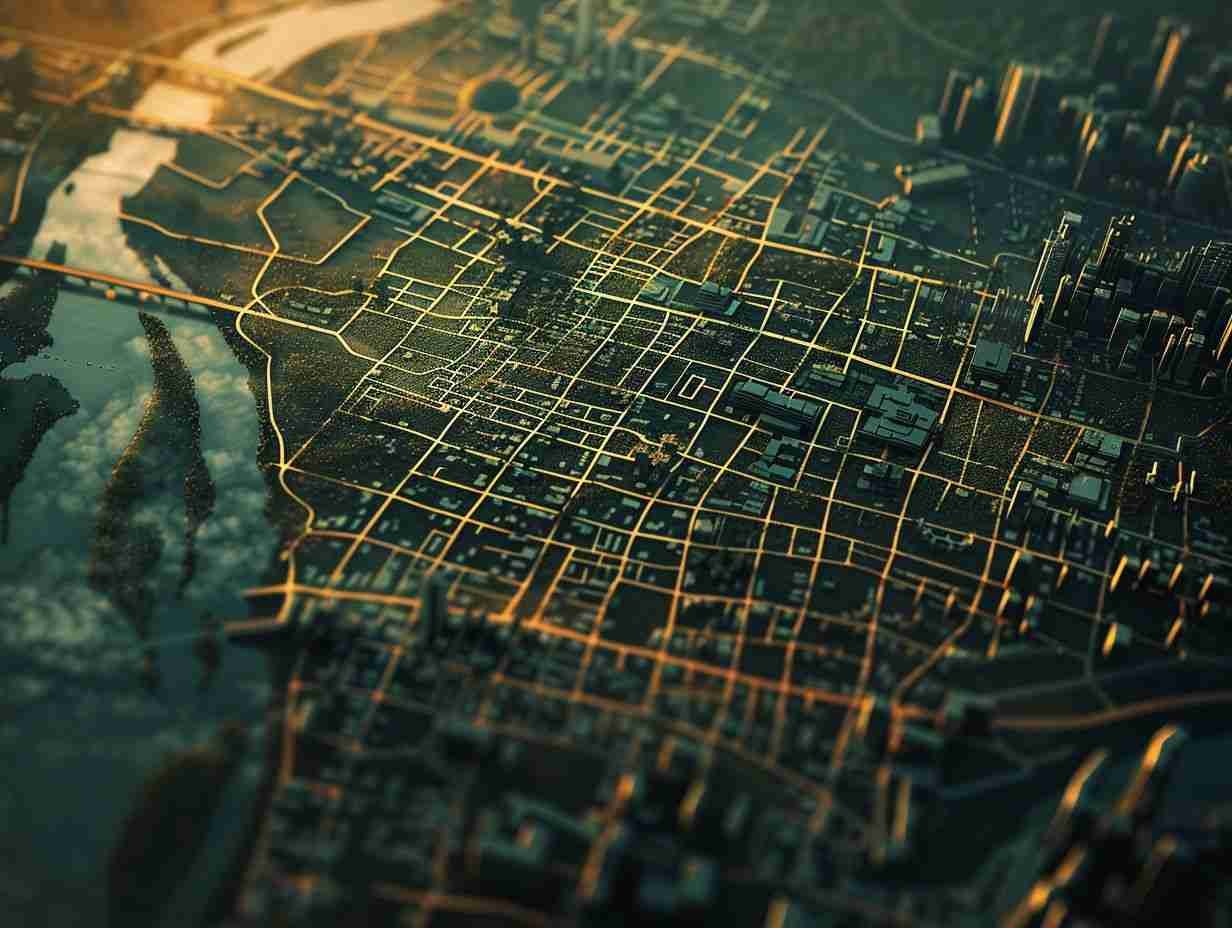
What is the 332 area code?
The 332 area code is a telephone area code in the North American Numbering Plan (NANP) that covers the boroughs of Brooklyn, Queens, Staten Island, and the Bronx in New York City.
When was the 332 area code created?
The 332 area code was created on June 1, 2017, as an overlay to the existing 212, 917, and 718 area codes due to the increasing demand for telephone numbers in New York City.
Do I need to change my current phone number if I have a 332 area code?
No, if you already have a phone number with the 212, 917, or 718 area code, you can keep your number. However, new phone numbers in the affected areas may be assigned the 332 area code.
Can I still make local calls with the 332 area code?
Yes, you can still make local calls within the affected areas using the 332 area code. However, long-distance calls may require you to dial the full 10-digit number.
What cities are covered by the 332 area code?
The 332 area code covers the boroughs of Brooklyn, Queens, Staten Island, and the Bronx in New York City. Some of the major cities included are Brooklyn, Jamaica, Astoria, Flushing, and Staten Island.
Are there any additional charges for calls made to or from the 332 area code?
No, calls made to or from the 332 area code are charged at the same rate as any other local call. However, long-distance charges may apply if the call is made to a number outside of the affected areas.
